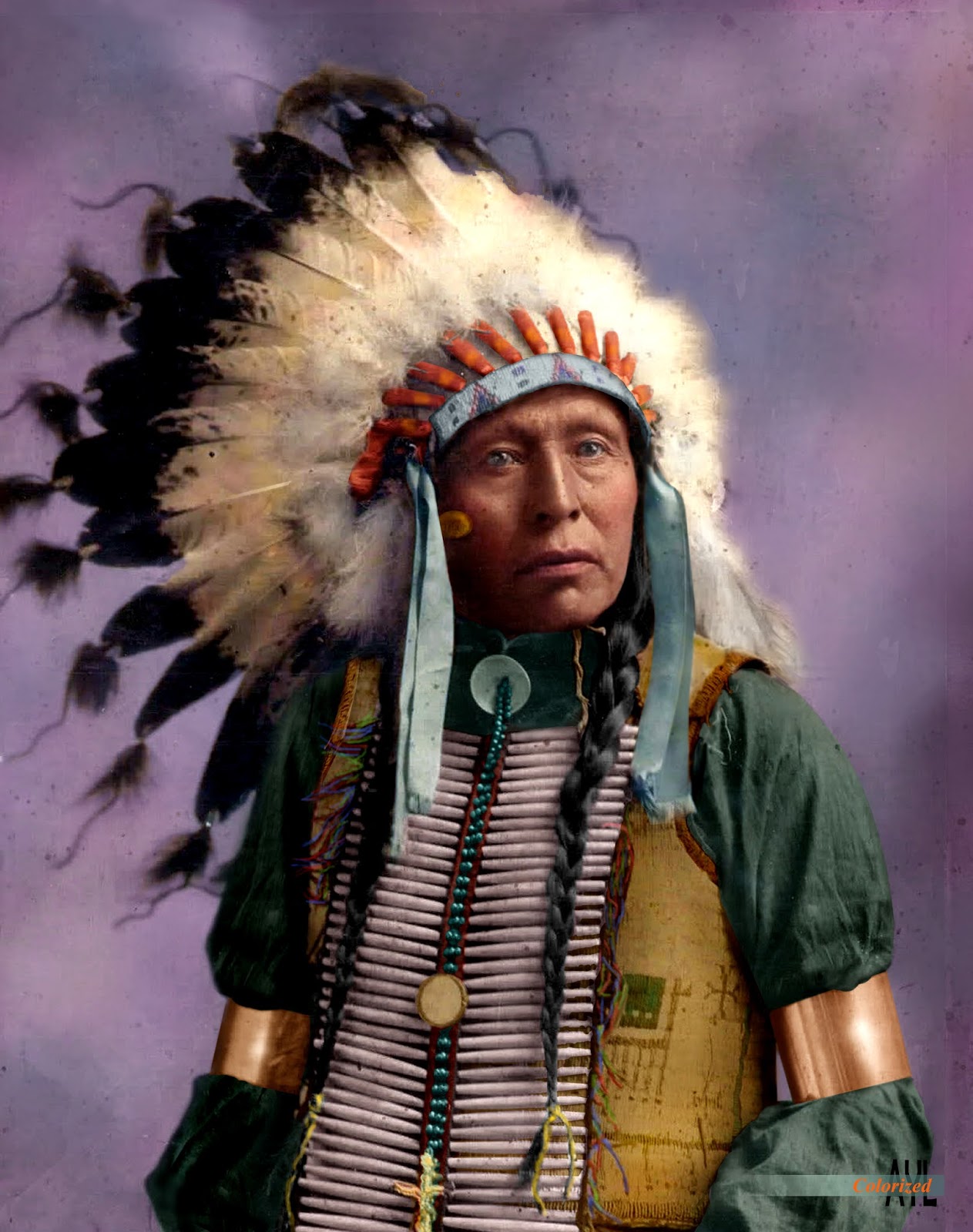Exploring The Legacy Of Chief Indians
Chief Indians have long been a crucial part of the rich tapestry of Native American history and culture. They have played significant roles in their communities, often serving as leaders, warriors, and guardians of their people's traditions. Understanding the legacy of these leaders provides insights into the values, struggles, and triumphs of indigenous cultures across the continent.
The title of "chief" often comes with immense responsibilities, representing the voice and spirit of their people. Chief Indians were tasked with maintaining harmony, managing resources, and ensuring the survival of their tribes in a rapidly changing world. Their influence extended beyond their immediate communities, shaping relationships with other tribes and, at times, European settlers. Through their leadership, they have left an indelible mark on the history of North America.
As we delve deeper into the lives and contributions of Chief Indians, we uncover stories of bravery, resilience, and wisdom that continue to inspire modern generations. This exploration not only highlights the historical significance of these leaders but also encourages a greater appreciation for the cultural heritage of Native American tribes. Join us on this journey to discover the legacy of Chief Indians, their impact on history, and their relevance in today’s society.
What is the Role of Chief Indians in Native American Culture?
Chief Indians held a pivotal role in their tribes, serving as the primary decision-makers and representatives. Their duties often included:
- Leading ceremonial events and rituals
- Making decisions on warfare and peace treaties
- Managing resources and land use
- Representing the tribe in dealings with outsiders
Who Were Some Notable Chief Indians in History?
Throughout history, many Chief Indians have stood out due to their leadership qualities and significant contributions. Some notable figures include:
- Chief Sitting Bull: A leader of the Lakota Sioux known for his resistance against U.S. government policies.
- Chief Joseph: The leader of the Nez Perce tribe, renowned for his eloquence and attempts to negotiate peace.
- Crazy Horse: A celebrated warrior and chief of the Lakota, famous for his role in the Battle of Little Bighorn.
What Qualities Make a Good Chief Indian?
A successful Chief Indian often embodies several key qualities, such as:
- Wisdom: Understanding the complexities of tribal life and history.
- Bravery: Facing challenges and threats to their community with courage.
- Empathy: Caring for the welfare of their people and fostering unity.
- Negotiation skills: Effectively communicating with other tribes and external forces.
How Did Chief Indians Influence Modern Native American Communities?
The legacy of Chief Indians is evident in contemporary Native American communities. Their teachings and principles continue to guide modern tribal leaders, promoting values such as:
- Unity and cooperation among tribes
- Preservation of traditional customs and languages
- Advocacy for indigenous rights and sovereignty
What Challenges Did Chief Indians Face?
Chief Indians often confronted numerous challenges, including:
- Colonization and land encroachment by settlers
- Internal tribal divisions and conflicts
- Government policies aimed at assimilation
How Are Chief Indians Remembered Today?
Today, Chief Indians are remembered through various means, including:
- Cultural festivals and events celebrating indigenous heritage
- Literature and films depicting their stories and struggles
- Educational initiatives aimed at preserving tribal history
What is the Future for Chief Indians and Indigenous Leadership?
The future of indigenous leadership, including Chief Indians, looks promising as more young leaders emerge, committed to preserving their cultures while adapting to modern challenges. Initiatives focusing on education, cultural preservation, and political advocacy are empowering new generations to take on leadership roles within their communities.
Biography of Chief Sitting Bull
| Name | Sitting Bull |
|---|---|
| Date of Birth | c. 1831 |
| Tribe | Lakota Sioux |
| Notable Achievements | Leader during the Battle of Little Bighorn, Spiritual leader |
| Date of Death | December 15, 1890 |
What Legacy Did Chief Sitting Bull Leave Behind?
Sitting Bull's legacy as a chief remains strong, symbolizing resistance and the fight for Native American rights. His vision for a united indigenous front against colonization continues to resonate today, inspiring movements for sovereignty and recognition of indigenous rights.
Conclusion: The Enduring Influence of Chief Indians
In conclusion, Chief Indians have played an essential role in shaping the history and culture of Native American communities. Their leadership qualities, resilience, and commitment to their people's welfare serve as an enduring source of inspiration. As we reflect on their legacy, it is crucial to recognize the ongoing relevance of Chief Indians in advocating for indigenous rights and preserving cultural heritage in the modern world.
The Enigmatic World Of Grand Tarismo
Exploring The Country Roller Phenomenon
Exploring The Wisdom Of Sally Quotes


